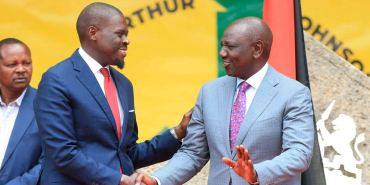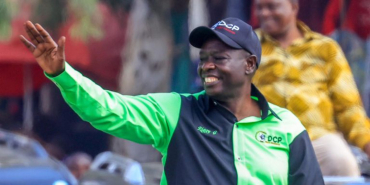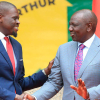How KNEC Will Evaluate Junior School Students: A Comprehensive Overview

Grade Nine learners in Kenya are preparing for the Kenya Junior School Education Assessment (KJSEA), a comprehensive evaluation combining written examinations with practical, school-based projects.
The assessment is designed to evaluate academic proficiency alongside applied skills and creative abilities. The KJSEA covers nine learning areas, each assessed through multiple-choice questions, short answers, essays, and practical projects. Written examinations are scheduled from 27 October to 3 November. The Kenya National Examinations Council (KNEC) has provided sample papers and marking schemes to schools to ensure candidates are familiar with the examination structure and expectations.
Project-based evaluations were conducted earlier in the year. Creative arts and sports were assessed during the second term, followed by agriculture and pre-technical studies in July. Teachers evaluated these projects using standardised scoring guides. Learners collaborated in small groups to complete curriculum-aligned tasks. For example, the agriculture project integrated agricultural science and home science, with each activity scored and documented. Project scores contribute 60 percent to the final KJSEA grade in each subject.
The remaining 40 percent of the final grade is derived from prior assessments. Twenty per cent comes from the Kenya Primary School Education Assessment (KPSEA) taken at the end of Grade Six, and 20 per cent from school-based evaluations in Grades Seven and Eight. This approach reflects a move towards continuous assessment and learner-centred evaluation.
Each subject under the KJSEA is tailored to reflect its disciplinary requirements. Mathematics comprises 40 multiple-choice and structured questions, with a total duration of two hours. Integrated science is assessed through three multipart questions over 90 minutes. The agriculture and nutrition theory paper is divided into 24 marks for agriculture and 16 for nutrition. Creative arts and sports includes a three-month project and a theory paper covering visual arts, performing arts, and sports.
Language subjects are similarly structured. English is tested through papers focusing on literary forms and grammar, oral skills, and comprehension. Kiswahili and Kenya Sign Language follow a parallel structure. Religious education is evaluated through multiple-choice and essay questions, while social studies incorporates structured and discursive elements.
Optical mark readers will be used for multiple-choice sections. The inclusion of essays, oral components, and project work is intended to capture a broader range of learner capabilities. KNEC Chief Executive Officer David Njeng’ere stated that the sample materials are intended to familiarise candidates with the question paper format and instructions.
The KJSEA will inform placement into senior school, considering individual career pathway preferences. This aligns assessment with personal development and national skills priorities.








Add new comment